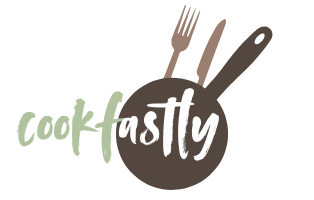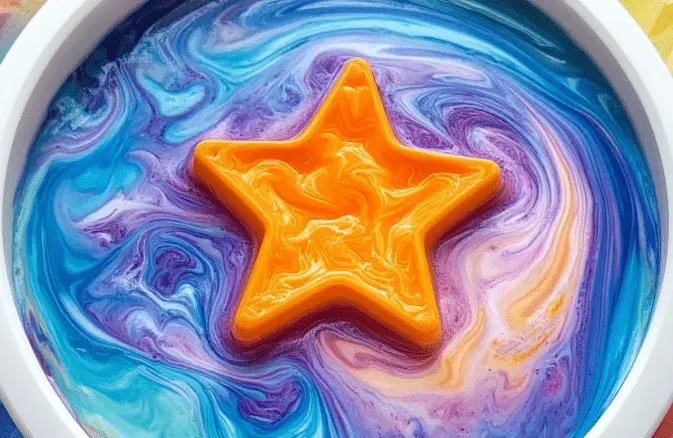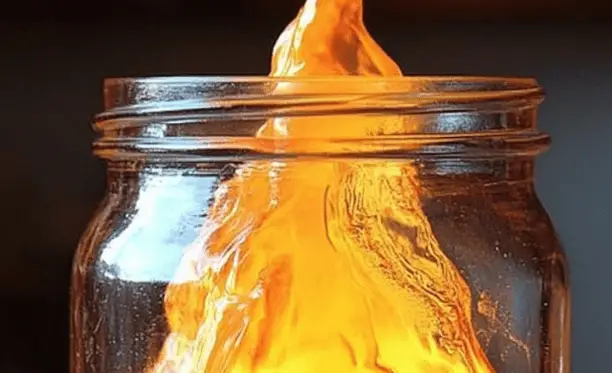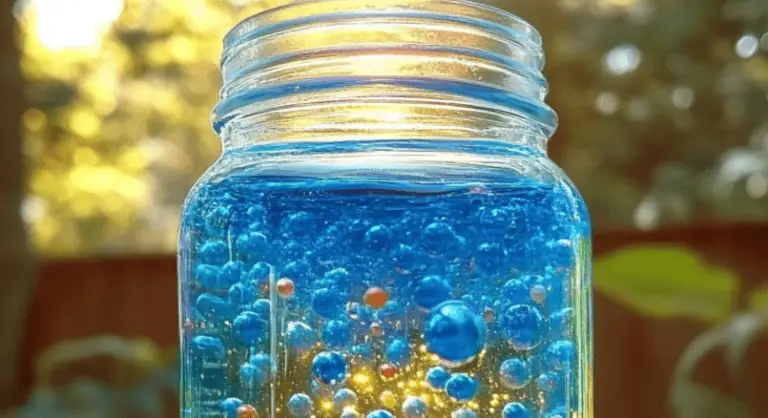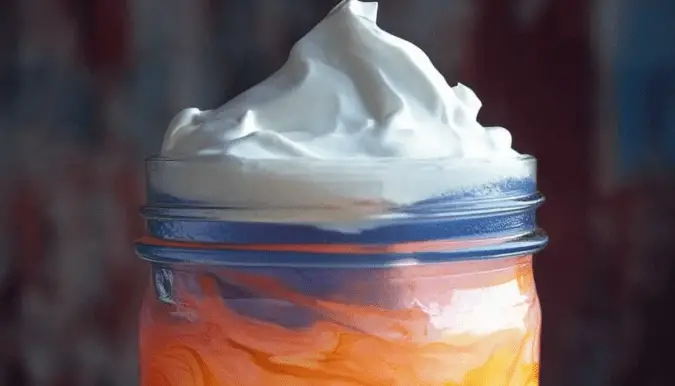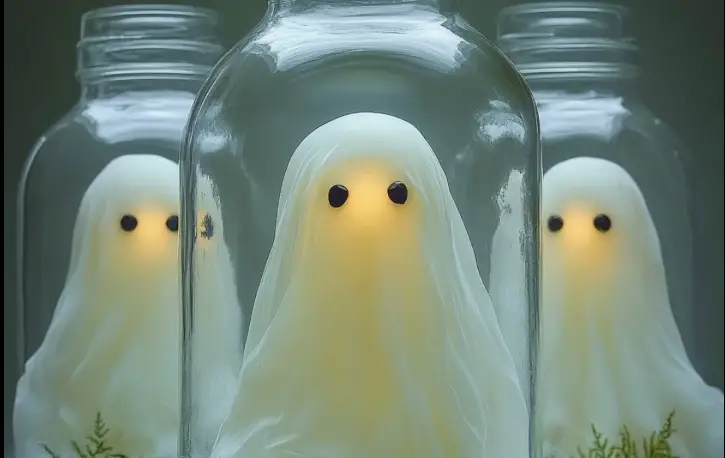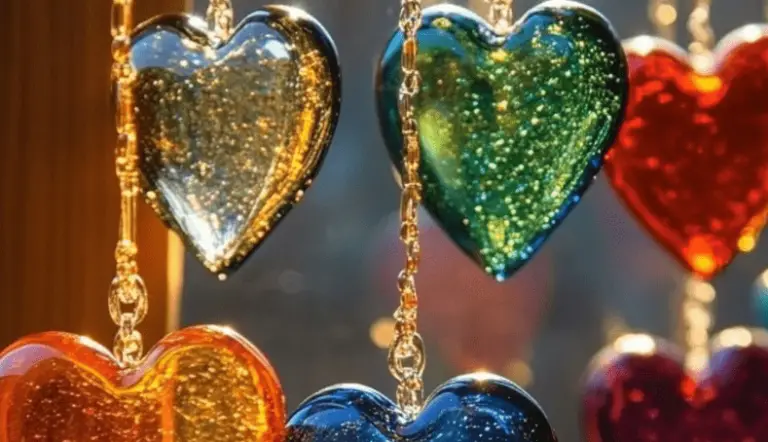Magic Milk Experiment: A Colorful Science Craft That Wows Kids and Adults Alike
The Magic Milk Experiment is one of the most visually stunning and accessible science activities for kids. It turns an ordinary bowl of milk into a swirling explosion of color using only a few ingredients found in most kitchens. This simple combination of food coloring and dish soap triggers a chemical reaction that creates mesmerizing patterns and movement, capturing the curiosity and imagination of children in seconds.
This experiment is ideal for young learners, classrooms, and at-home science fun. It’s a great way to demonstrate surface tension, chemical reactions, and basic scientific observation—all while delighting the senses. The vibrant display of dancing colors provides both entertainment and a hands-on lesson in how molecules interact.
Table of Contents
Ingredients
To conduct the Magic Milk Experiment, you’ll need the following materials:
- Whole milk
- Food coloring
- Cotton swabs
- Dish soap
These basic ingredients come together to form an experiment that’s not only beautiful but also educational. Whole milk works best due to its fat content, which enhances the reaction.
Instructions
- Pour the milk into a shallow dish or plate. Use enough to cover the bottom of the dish in a thin, even layer. This creates the surface where the reaction will take place.
- Add food coloring to the milk. Use several drops of different colors around the dish. Try spacing them apart slightly to see how they move when the reaction begins.
- Dip a cotton swab into a small amount of dish soap. Make sure it’s fully coated but not dripping.
- Touch the milk’s surface with the soapy end of the swab. Hold it still for a few seconds and watch as the colors begin to swirl and dart around the dish.
- Repeat the process using a fresh cotton swab each time for new reactions. Try touching different parts of the dish or moving the swab slightly to experiment with the effects.
- Record observations as you go. Note how the colors behave, how quickly the reaction starts, and which color combinations create the most vivid results.
This experiment takes just minutes to prepare and offers a satisfying visual payoff that engages kids in the science behind the magic.
Benefits of This Craft
The Magic Milk Experiment goes beyond entertainment by offering multiple developmental and educational benefits:
- Introduces scientific concepts such as surface tension, molecular interaction, and chemical reactions in a hands-on and understandable way.
- Encourages curiosity and inquiry as kids ask why the reaction occurs and how it works, leading to deeper exploration.
- Supports visual and sensory development through the observation of color movement and pattern formation.
- Promotes creativity by allowing children to design their own color combinations and experiment with various patterns.
- Accessible and affordable—requires only common household items and minimal preparation.
This activity blends art and science, making it ideal for STEM learning, homeschooling, science fairs, or weekend fun.
Tips
Make the most out of your Magic Milk Experiment with the following tips:
- Use whole milk for the best results. The fat in the milk interacts with the soap, driving the colorful motion. Low-fat or skim milk will produce a less dramatic effect.
- Choose vibrant food coloring for high contrast against the white milk. Liquid or gel-based food coloring both work well.
- Let children make predictions before starting. Ask what they think will happen when the soap touches the milk, and then compare it with the actual results.
- Use a white dish to make the colors more visible. Clear dishes can work too, but the white background enhances the contrast.
- Don’t stir the milk after adding the soap. Touch the surface gently to preserve the reaction and patterns. Stirring may muddy the colors.
If you want to extend the activity, add more science discussion by explaining how the soap breaks down the fat molecules in the milk, causing the colors to scatter.
What Does It Taste and Look Like?
This craft is not edible, but it is a feast for the eyes. The milk becomes a canvas of swirling, dynamic patterns as the colors leap, twirl, and blend. The initial touch of soap causes a burst of motion, almost like a miniature firework of color. Depending on the food coloring and placement, the design might resemble tie-dye, blooming flowers, or abstract artwork.
Over time, the motion slows and the colors begin to mix more gradually, creating soft blends and marbled effects. Kids are often surprised at how long the patterns continue to shift even after the initial reaction, providing a gentle and soothing visual experience.
How to Store
While the Magic Milk Experiment is a temporary display, there are a few ways to preserve the moment or clean up easily:
- Take a photo or video of the swirling patterns to capture the experience and use it as a science journal entry or art print.
- Do not try to store the milk mixture, as it is not meant for reuse. The reaction works best when fresh and loses effectiveness over time.
- Dispose of the milk down the drain and rinse the dish thoroughly with warm water and dish soap.
- Use paper towels or sponges to clean any coloring that may have spilled onto surfaces.
If you’d like to revisit the activity, simply repeat the process with fresh materials for a new set of patterns.
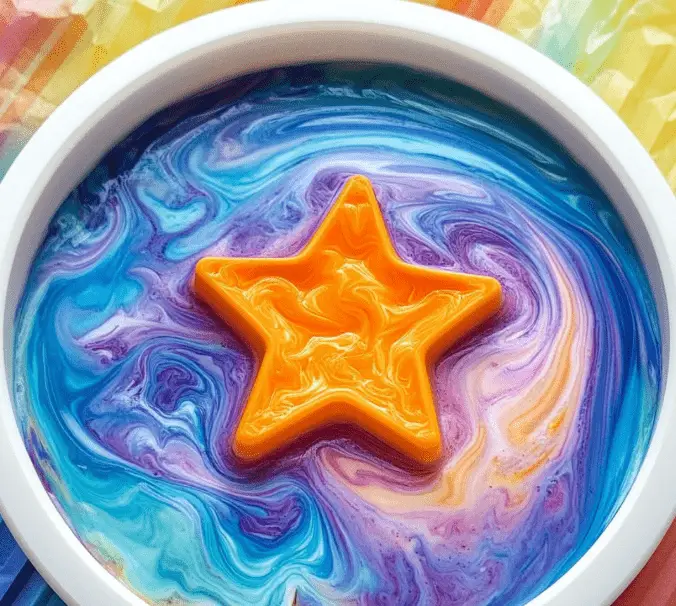
The Magic Milk Experiment is a vibrant, hands-on science activity that blends creativity with learning. It offers a beautiful way to introduce kids to chemical reactions while sparking curiosity and wonder. With only a few ingredients and simple instructions, it can be set up in minutes and enjoyed by children of all ages.
This experiment is more than just a science lesson. It’s an opportunity to engage multiple senses, nurture imagination, and build foundational thinking skills in a joyful and memorable way.
If you’re looking for more creative science activities that blend learning with fun, visit More DIY craft ideas and explore a wide variety of hands-on projects for children and families.
FAQ
Why does the Magic Milk Experiment work?
The soap reduces the surface tension of the milk and interacts with the fat molecules. This reaction causes movement in the liquid, pushing the colors around.
Can I use non-dairy milk alternatives?
You can try, but results may vary. Whole milk provides the best reaction due to its higher fat content. Plant-based milks generally have less fat, resulting in a weaker effect.
How can I extend this experiment?
Try using different types of milk (skim, cream, half-and-half) and compare how each reacts. You can also introduce vinegar or other liquids to test their effects.
Is this safe for toddlers?
Yes, with supervision. Be sure to prevent them from drinking the milk or handling the soap directly. Use non-toxic food coloring.
What can I do with the leftover milk?
Since the milk has been mixed with coloring and soap, it should not be consumed. Dispose of it safely down the drain.
